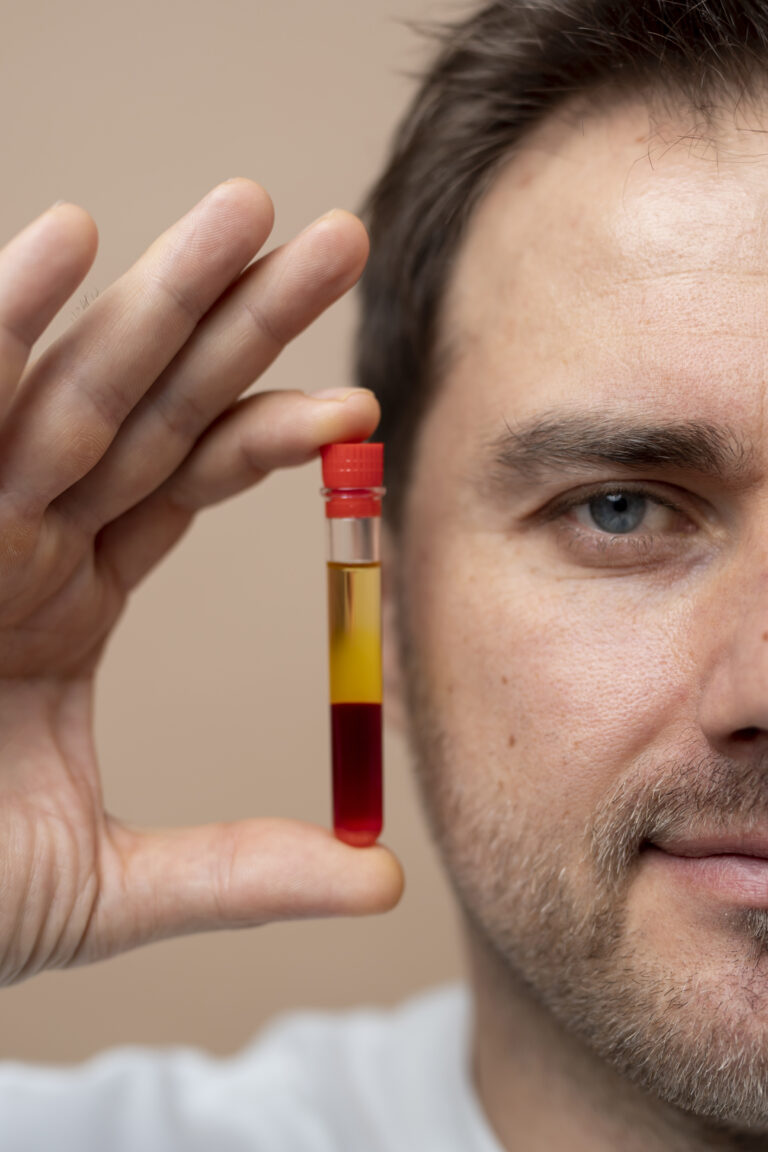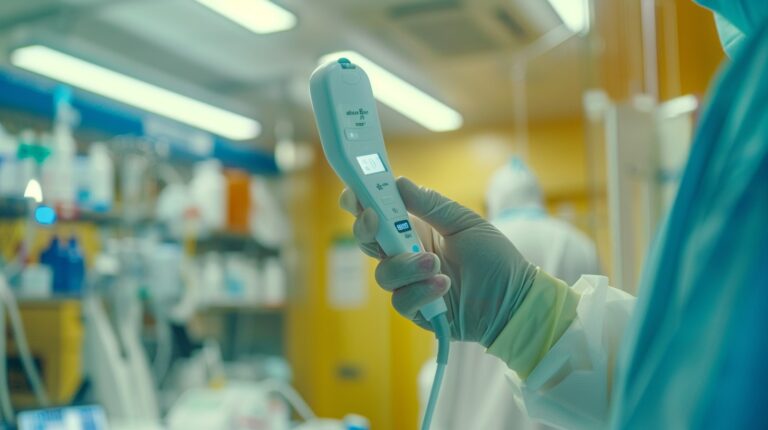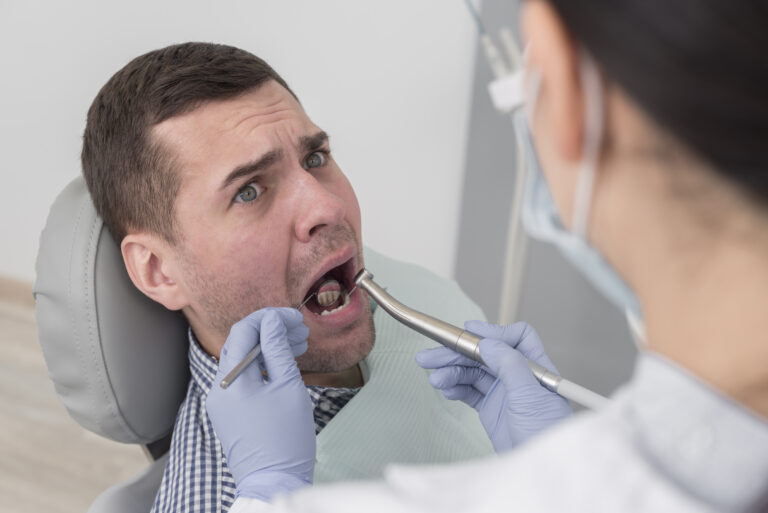Hyperbaric Therapy: A Comprehensive Guide to Its Benefits and Applications

Hyperbaric therapy, also known as hyperbaric oxygen therapy (HBOT), is a medical treatment that has been gaining significant attention in recent years for its wide array of health benefits. Initially developed to treat decompression sickness in divers, HBOT is now being used to address a variety of medical conditions, thanks to its ability to enhance the body’s natural healing processes. In this article, we delve into the details of hyperbaric therapy, exploring its mechanisms, benefits, and the conditions it can treat.
What is Hyperbaric Therapy?
Hyperbaric therapy involves breathing pure oxygen in a pressurized environment. This process is typically conducted in a specially designed chamber where the air pressure is increased to 1.5 to 3 times higher than normal atmospheric pressure. Under these conditions, the lungs can gather more oxygen than would be possible at normal air pressure. This excess oxygen is then transported by the blood to tissues throughout the body, promoting healing and fighting infections.
How Does Hyperbaric Therapy Work?
The increased pressure in the hyperbaric chamber allows more oxygen to dissolve in the blood plasma. This higher concentration of oxygen in the blood enhances the ability of red blood cells to carry oxygen to injured or infected tissues. This process accelerates the body’s healing mechanisms, reduces inflammation, and promotes the growth of new blood vessels, a process known as angiogenesis. Additionally, hyperbaric oxygen can stimulate the release of substances called growth factors and stem cells, which contribute to tissue repair.
Conditions Treated with Hyperbaric Therapy
1. Wound Healing and Tissue Repair
Hyperbaric therapy is widely recognized for its effectiveness in treating chronic non-healing wounds. Conditions such as diabetic foot ulcers, radiation injuries, and surgical wounds can benefit significantly from HBOT. The therapy enhances oxygenation in the affected areas, promoting faster healing and reducing the risk of infection.
2. Carbon Monoxide Poisoning
One of the most well-known uses of hyperbaric therapy is in the treatment of carbon monoxide (CO) poisoning. CO binds to hemoglobin in the blood more effectively than oxygen, leading to oxygen deprivation in the body’s tissues. Hyperbaric oxygen therapy helps displace CO from hemoglobin, restoring the body’s oxygen levels and preventing long-term neurological damage.
3. Decompression Sickness
Decompression sickness, commonly known as “the bends,” is a condition that occurs when divers ascend too quickly, causing nitrogen bubbles to form in their blood. HBOT is the standard treatment for this condition, as the increased pressure in the chamber helps dissolve the bubbles, reducing symptoms and preventing further complications.
4. Radiation Therapy Side Effects
Patients who have undergone radiation therapy for cancer may experience tissue damage as a side effect. Hyperbaric therapy can help mitigate these effects by improving blood flow and oxygenation to the damaged tissues, thus enhancing the healing process. This is particularly beneficial for conditions like radiation-induced cystitis, proctitis, and osteoradionecrosis.
5. Severe Infections
Certain severe infections, such as necrotizing fasciitis (commonly known as flesh-eating disease) and osteomyelitis (a bone infection), can be treated effectively with hyperbaric therapy. The increased oxygen levels in the blood enhance the body’s ability to fight off bacteria, especially anaerobic bacteria that thrive in low-oxygen environments.
6. Traumatic Brain Injury (TBI) and Stroke Recovery
Emerging research suggests that hyperbaric therapy may play a role in the recovery from traumatic brain injuries (TBI) and strokes. By increasing oxygen delivery to the brain, HBOT can potentially reduce brain swelling, improve cognitive function, and enhance overall neurological recovery.
The Procedure: What to Expect During Hyperbaric Therapy
Hyperbaric therapy is usually conducted in a hospital or specialized clinic equipped with hyperbaric chambers. There are two main types of chambers: monoplace chambers, which are designed for a single patient, and multiplace chambers, which can accommodate several patients at once.
1. Pre-Treatment Evaluation
Before undergoing hyperbaric therapy, patients typically undergo a thorough medical evaluation to determine their suitability for the treatment. This includes a review of their medical history, a physical examination, and sometimes diagnostic tests such as blood tests or imaging studies.
2. The Treatment Session
During the session, the patient lies down inside the chamber, and the pressure is gradually increased. The patient breathes 100% oxygen through a mask or a hood system. Treatment sessions typically last between 60 and 90 minutes, and the number of sessions required varies depending on the condition being treated.
3. Post-Treatment Care
After the session, patients may experience mild fatigue or lightheadedness, but these symptoms usually resolve quickly. It’s important to follow the healthcare provider’s instructions regarding post-treatment care, which may include hydration, rest, and avoiding certain activities.
Potential Side Effects and Risks
While hyperbaric therapy is generally safe, it is not without risks. Some patients may experience side effects such as ear pain or sinus pressure due to the changes in pressure. In rare cases, more serious complications such as lung collapse (pneumothorax) or oxygen toxicity can occur. It is crucial that the therapy is administered by trained professionals who can monitor and manage any potential risks.
Conclusion: The Growing Role of Hyperbaric Therapy in Modern Medicine
Hyperbaric therapy is a powerful medical treatment that offers a wide range of benefits for various conditions, from wound healing to carbon monoxide poisoning. As research continues to uncover new applications for HBOT, it is becoming an increasingly important tool in the medical field. Patients considering this treatment should consult with their healthcare provider to determine if it is appropriate for their specific condition.







One Comment